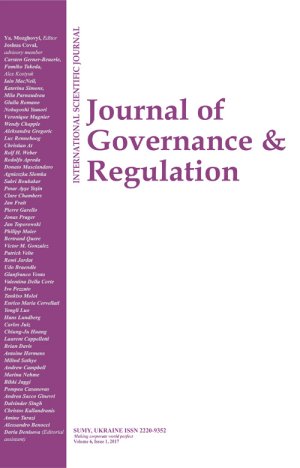
The effects of Basel III liquidity regulations on banks’ profitability
Download This Article
This work is licensed under a Creative Commons Attribution-NonCommercial 4.0 International License.
Abstract
The new Basel III Liquidity Coverage Ratio standard which encourages banks to maintain a diversified pool of high-quality liquid assets against their short-term expected net cash outflows although it appears to be noble from a theoretic perspective it may weigh down banks’ performance because liquid assets earn low returns. It is against this background that this study sought to evaluate the impact of the new Basel III liquidity regulations on the profitability of banks in emerging market economies. A sample of 40 banks operating in 11 emerging markets over the period 2011 to 2016 was used in the study. For estimation, system Generalized Method of Moments (GMM) estimator was employed. Surprisingly, empirical results demonstrated that regulatory pressure stemming from Liquidity Coverage Ratio requirement increased instead of diminishing the profitability of banks in emerging markets. The plausible explanation given for this evidence was that banks in emerging markets managed their liquidity in a manner that is consistent with Liquidity Coverage Ratio rule hence the regulation had no detrimental effects on banks in emerging economies.
Keywords: Basel III, Liquidity Coverage Ratio, Bank Profitability, Emerging Markets, GMM
JEL Classification: G11, G18, G19, G21, G28
Received: 26.11.2017
Accepted: 02.05.2018
Published online: 11.05.2018
How to cite this paper: Mashamba, T. (2018). The effects of Basel III liquidity regulations on banks’ profitability. Journal of Governance & Regulation, 7(2), 34-48. https://doi.org/10.22495/jgr_v7_i2_p4



















